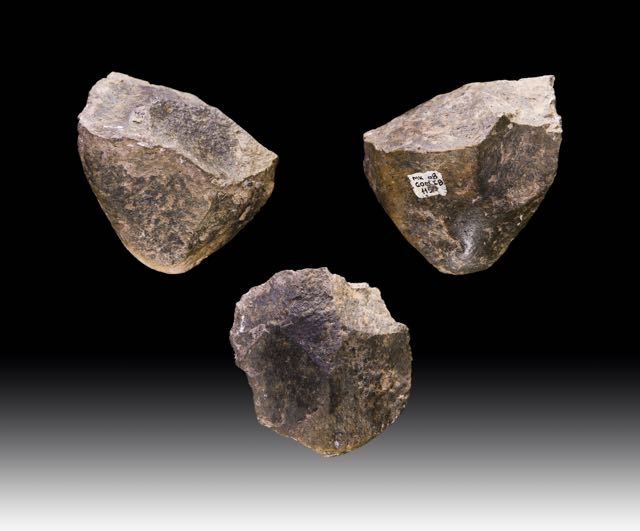New Course: The History of Evolution and Human Consciousness (Fall 2015)
History H300: The History of Evolution and Human Consciousness FALL 2015 | TUESDAYS 3:00-5:40 | COURSE # 32958
Most professional historians focus on studying humans and human societies over the last 500 years. A significant number examine humanity’s history over the past 3000 years. And, a handful analyze the past 10,000 years. However, the earliest humans emerged approximately 2.3 million years ago. This means that well over 2 million years of human history are virtually ignored by most professional historians.
This is not entirely unexpected. For centuries, scholars lacked the tools and techniques to study the deep history of the human past. However, over the last several decades, new discoveries, technologies, and methodologies have uncovered a rich history embedded in rocks, bones, and genes. Most of this work has been done by scientists and social scientists, but a small number of historians have begun collaborating with them to trace the evolution of humans, their societies and their cultures.
What these researchers have found has profound consequences — not simply for our understanding of the deep past, but for our understanding of modern societies and cultures. It is evident that professional historians will increasingly need to engage with these discoveries as well as disciplines such as archaeology, evolutionary biology, and neurobiology.
This course introduces students to these debates by asking a fundamental question: what makes us human? The answer, we will find, requires that we explore the histories of religion, philosophy and science. It will necessitate that we explore the evolution of humans — and most importantly the evolution of brains, consciousness, and culture. We will draw on research from biology, anthropology, and history to explore our pasts, presents, and futures.
“We believe that it is time for historians to reengage with the rich, diverse, and unsettled field of evolutionary biology.” American Historical Review Roundtable (December 2014)
Required Books
- Christian, David, and William H. McNeill. Maps of Time: An Introduction to Big History. Berkeley, Calif.; London: University of California Press, 2011. ISBN: 9780520271449
- Dehaene, Stanislas. Consciousness and the Brain: Deciphering How the Brain Codes Our Thoughts. New York: Viking, 2014.
- Dunbar, Robin, Clive Gamble, and John Gowlett. Thinking Big: How the Evolution of Social Life Shaped the Human Mind. London: Thames & Hudson, 2014. ISBN: 9780500051801
- Wilson, Edward O. The Meaning of Human Existence. New York: Liveright, 2014. ISBN: 9780871401007
Learning Objectives
- Students will be able to outline the history of hominids with special attention to key moments in the evolution of consciousness and culture.
- Through comparing and contrasting the major philosophical and scientific debates about the nature of human consciousness since the 17th century, students will be able to construct a visual model that highlights key historical themes in these debates.
- Students will be able to identify and summarize current debates about gene-culture co-evolution and relate them to current historiographical discussions.
- By comparing and contrasting the philosophical, historical, and scientific debates about evolution and the history of consciousness over the past 300 years, students will be able evaluate the ethical implications of various theoretical models.

